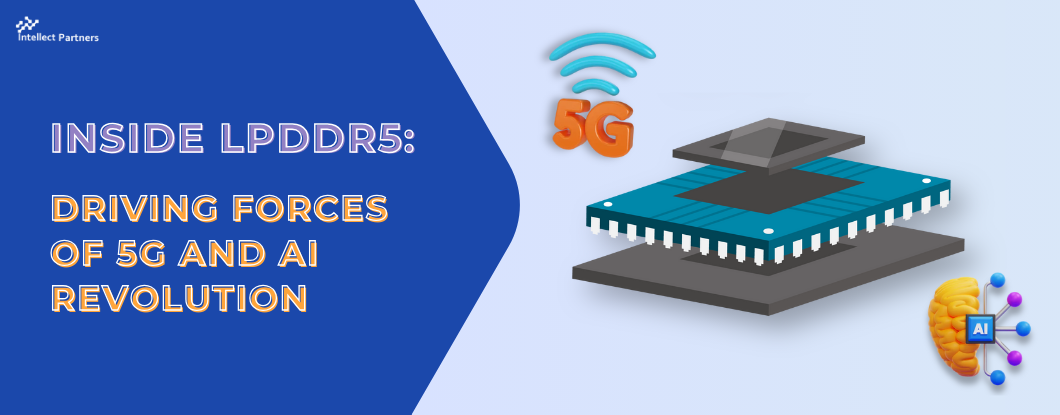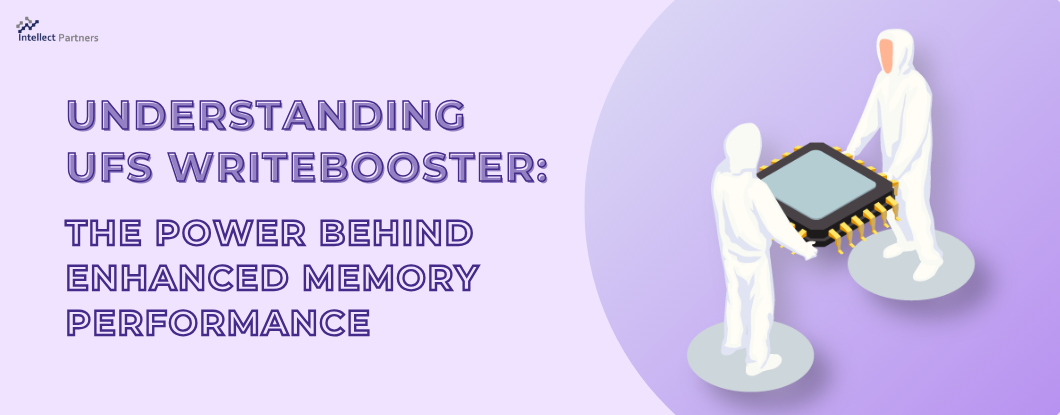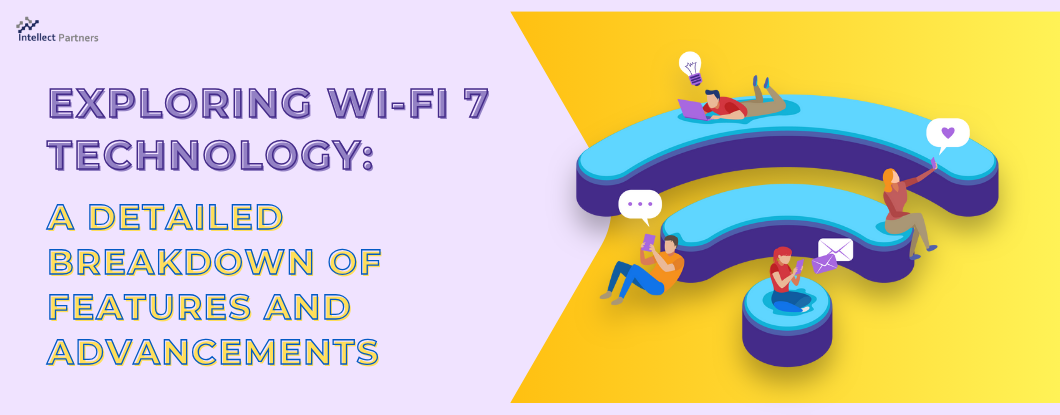Understanding LPDDR5: Powering the 5G and AI Revolution:
In the ever-evolving landscape of innovation, the combination of 5G and artificial intelligence (AI) has emerged as a transformative force, reshaping enterprises and empowering developments that were previously unimaginable. Vital to this combination is the role of LPDDR5 (Low Power Double Data Rate 5) memory, a state-of-the-art memory innovation that assumes an essential part in supporting the high-performance demands of 5G and artificial intelligence applications. This blog entry dives into the meaning of LPDDR5 in these spaces, investigates its future patterns, and analyzes the most recent improvements in its intellectual property (IP).
LPDDR5 Overview
LPDDR5 is the fifth generation of low-power, high-performance memory planned essentially for smartphones. It is a development of its ancestor, LPDDR4x, with critical enhancements as far as information rate, power effectiveness, and generally execution. LPDDR5 offers quicker information move rates, lower power utilization, and larger memory capacities compared to its predecessors, settling on it an ideal decision for applications requesting high data transfer capacity and low latency.
Role in 5G
The rollout of 5G networks has introduced another time of availability, empowering lightning-quick information move rates and super low inactivity. To completely tackle the capability of 5G, memory devices should be equipped with memory advances fit for taking care of the expanded data loads and rapid communication among memory devices and edge servers. LPDDR5, with its upgraded information rates and further developed energy proficiency, addresses these requests by giving the important memory data transfer capacity and responsiveness for 5G-empowered gadgets.
Enabling AI Applications
Artificial intelligence applications, including AI and neural networks, require enormous measures of data processing and storage capabilities. LPDDR5’s high information move rates and bigger memory limits add to accelerating AI tasks by giving the fundamental memory resources to putting away and controlling information during preparation and inference processes. This is critical for AI-driven functionalities-driven functionalities in gadgets, for example, smartphones, smart cameras, and IoT gadgets.
Future Trends in LPDDR5 Technology
Data Rate Advancements
The journey for higher data rates proceeds, as innovation organizations endeavor to push the limits of memory execution. LPDDR5 is supposed to see further iterations that proposition considerably quicker information move rates, empowering consistent 5G network and improved AI performance.
Energy Efficiency
While LPDDR5 as of now offers amazing energy, effectiveness contrasted with its predecessors, progressing research and development efforts aim to diminish power utilization considerably further. This is especially significant for broadening the battery duration of gadgets, particularly with regards to power-hungry 5G and AI workloads.
Integration with On-Device AI
As AI capabilities are coordinated straightforwardly into devices, LPDDR5 will assume a critical part in supporting on-gadget artificial intelligence errands. This includes not just giving the memory resources to AI operations but also improving memory access examples to upgrade general artificial intelligence execution.
LPDDR5 IP Developments and Legal Considerations
WCK Clocking in LPDDR5
LPDDR5 uses a DDR data interface. The data interface uses two differential forwarded clocks (WCK_t/WCK_c) that are source synchronous to the DQs. DDR means that the data is registered at every rising edge of WCK_t and rising edge of WCK_c. WCK_t and WCK_c operate at twice or quadruple the frequency of the command/address clock (CK_t/CK_c).

IP Landscape of LPDDR5
The intellectual property landscape for LPDDR5 innovation is dynamic and advancing. Organizations in the semiconductor industry are continuously creating and licensing developments connected with LPDDR5 memory configuration, fabricating processes, and related advancements. Licensing agreements and cross-licensing arrangements assume a vital part in permitting organizations to get to and use these IP resources.
Patent Challenges and Litigations
With the rising competitive nature of the innovation business, patent disputes and litigations can emerge. Organizations should be cautious in surveying the potential infringement risks related to LPDDR5-related technologies and ought to participate in due diligence before creating items to stay away from legal complications.
Licensing Strategies
Licensing LPDDR5-related IP is a typical methodology for organizations to get to the innovation without wasting time. Licensing arrangements frame the terms under which an organization can utilize licensed innovations, and they might include royalty payments or other monetary considerations. Developing a sound licensing procedure is fundamental to guarantee that organizations can use LPDDR5 innovation while regarding IP rights. Intel Corp. holds a maximum number of patents followed by Samsung and Micron.

Conclusion
The integration of 5G and AI is revolutionizing businesses and changing the manner in which we connect with technology. LPDDR5 memory technology remains as a basic empowering influence of this change, giving the high-performance memory capabilities expected to help the requests of 5G network and AI applications. As LPDDR5 innovation keeps on developing, with headways in information rates and energy productivity, it will be interesting to observe how it shapes the future of mobile devices, IoT, and other AI-driven advancements. Organizations should likewise explore the complex landscape of LPDDR5-related intellectual property, going with informed choices to cultivate advancement while mitigating legal risks. The journey ahead guarantees invigorating improvements at the crossing point of LPDDR5, 5G, and artificial intelligence, with profound implications for innovation and society alike.















